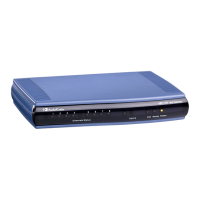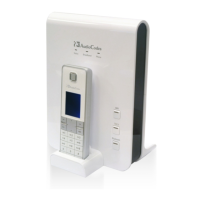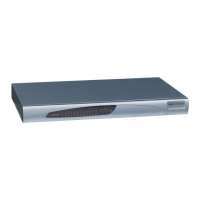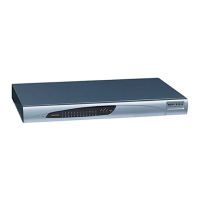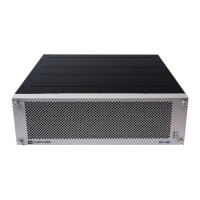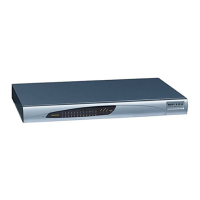CHAPTER23 Digital PSTN
Mediant 1000 Gateway & E-SBC | User's Manual
Parameter Description
[ISDNGeneralCCBehavior] ■ [2] = Data calls with interworking indication use 64 kbps B-
channels (physical only).
■ [8] REVERSE CHAN ALLOC ALGO = Channel ID
allocation algorithm.
■ [16] = The device clears down the call if it receives a
NOTIFY message specifying 'User-Suspended'. A
NOTIFY (User-Suspended) message is used by some
networks (e.g., in Italy or Denmark) to indicate that the
remote user has cleared the call, especially in the case of
a long distance voice call.
■ [32] CHAN ID 16 ALLOWED = Applies only to ETSI E1
lines (30B+D). Enables handling the differences between
the newer QSIG standard (ETS 300-172) and other ETSI-
based standards (ETS 300-102 and ETS 300-403) in the
conversion of B-channel ID values into timeslot values:
✔ In 'regular ETSI' standards, the timeslot is identical to
the B-channel ID value, and the range for both is 1 to
15 and 17 to 31. The D-channel is identified as
channel-id #16 and carried into the timeslot #16.
✔ In newer QSIG standards, the channel-id range is 1 to
30, but the timeslot range is still 1 to 15 and 17 to 31.
The D-channel is not identified as channel-id #16, but
is still carried into the timeslot #16.
When this bit is set, the channel ID #16 is considered
as a valid B-channel ID, but timeslot values are
converted to reflect the range 1 to 15 and 17 to 31.
This is the new QSIG mode of operation. When this bit
is not set (default), the channel_id #16 is not allowed,
as for all ETSI-like standards.
■ [64] USE T1 PRI = PRI interface type is forced to T1.
■ [128] USE E1 PRI = PRI interface type is forced to E1.
■ [256] START WITH B CHAN OOS = B-channels start in
the Out-Of-Service state (OOS).
■ [512] CHAN ALLOC LOWEST = CC allocates B-
channels starting from the lowest available B-channel id.
■ [1024] CHAN ALLOC HIGHEST = CC allocates B-
channels starting from the highest available B-channel id.
■ [16384] CC_TRANSPARENT_UUI = The UUI-protocol
implementation of CC is disabled allowing the application
to freely send UUI elements in any primitive, regardless of
the UUI-protocol requirements (UUI Implicit Service 1).
This allows more flexible application control on the UUI.
When this bit is not set (default behavior), CC implements
the UUI-protocol as specified in the ETS 300-403
standards for Implicit Service 1.
- 539 -
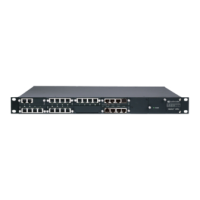
